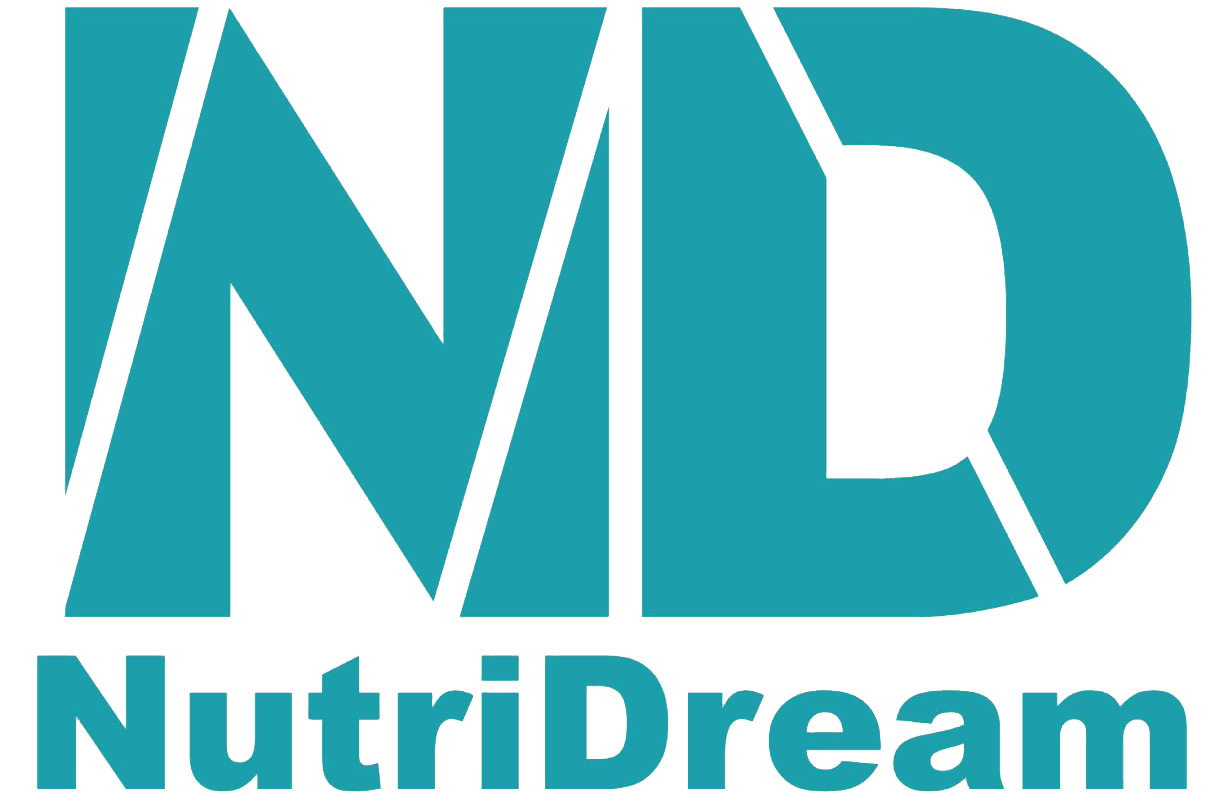Folic acid

What is folic acid?
Folic acid, or vitamin B9, is a synthetic form of folate. It is a water-soluble B vitamin that the body needs on a daily basis. Since folic acid is an oxidized form of folate, its absorption and bioavailability (i.e. reaching the bloodstream) is better than the natural form. In the body, folic acid is converted into folate, which has a bioactive effect.
Why is folic acid needed?
Folate and folic acid have similar functions in the body.
- Participate in the process of cell division and contribute to tissue growth in the woman’s body during pregnancy. It is recommended to start taking folic acid three months before becoming pregnant and to continue taking it during the first 12 weeks of pregnancy to prevent neural tube development disorders in the fetus. The central nervous system begins in the neural tube.
- Contribute to normal amino acid synthesis. Folate coenzymes are necessary for the metabolism of amino acids such as methionine, cysteine, serine, glycine and histidine.
- Support normal hematopoiesis. Folic acid together with vitamin B12 helps the body form red blood cells, which carry oxygen throughout the body. In case of folate deficiency, the development of blood cells is disturbed, and large red blood cells are produced. This is characteristic of megaloblastic anemia. Similar anemia can also be caused by vitamin B12 deficiency, so the cause of anemia must always be determined before taking folic acid.
- Contribute to homocysteine (amino acid) metabolism. In case of folate deficiency, the synthesis of methionine (amino acid) from homocysteine is reduced, as a result of which the latter begins to accumulate in the body. An excess of homocysteine in the body can increase the risk of developing certain chronic diseases, such as cardiovascular diseases.
- Support normal psychological functions. Folate has a positive effect on cognitive functions, concentration, learning and memory. In case of deficiency, there may be fatigue, weakness, irritability, headaches and difficulty concentrating.
- Contribute to the normal functioning of the immune system. – Folic acid deficiency can disrupt the activity of immune cells and affect the immune response.
- Help reduce fatigue and exhaustion. These signs can occur with folate deficiency.
What should I know about taking folic acid?
Both children and adults can take folic acid, but a doctor should be consulted before use if there is a history of allergic reactions to folic acid, low B12 levels or pernicious anemia, as well as tumours. For prevention, folic acid is recommended for people who may develop a deficiency more easily, such as women who are planning to become pregnant. In general, folic acid is taken once a day.
The dose depends on the reason for taking folic acid (pregnancy, anemia, deficiency, etc.). Zinc, biotin, B1, B2, B5, B6, B12 and vitamin C affect folate-related processes systemically. Absorption is prevented by smoking, alcohol, and the use of certain medications, such as oral contraceptives. Side effects of folic acid can include loss of appetite, fullness, flatulence, nausea, and allergic reactions, but these are rare.
Where do you get folate?
It is best to get folate by eating a balanced and healthy diet. Good sources are green vegetables such as parsley and lettuce, nettle leaves, legumes, as well as bell peppers, fruits, berries, citrus, eggs, cheese, oatmeal, peas and bread. When processing food, it must be taken into account that folate breaks down easily when heated.
Folate deficiency
In general, a deficiency can occur if you do not eat a varied and healthy diet. However, chronic alcohol consumption, smoking, inflammation, medications, and certain medical conditions that affect folate absorption, transport, or metabolism, such as Crohn’s disease, can also be causes. A deficiency of vitamin B9 can occur during pregnancy and breastfeeding, as in this case its need is increased. Deficiency is characterized by the development of megaloblastic anemia, weakness, breathing and concentration difficulties, pallor, mouth ulcers, memory impairment, growth retardation and homocysteinemia.
Literature:
- Carmel, R. (2006). Folic acid. In Shils, M. (eds.), Modern nutrition in health and disease (pp. 470–481). Baltimore: Lippincott Williams & Wilkins.
- Euroopa Toiduohutusameti (EFSA, EU Food Safety Agency) poolt aktsepteeritud tervisealased väited. Komisjoni määrus (EL) nr 432/2012.
- Folate. Oregon State University. https://lpi.oregonstate.edu/mic/vitamins/folate#definitions.
- Haigekassa (s. a.) Foolhape – mis ja milleks? Foolhappe osatähtsus terve beebi sündimisel. https://www.haigekassa.ee/sites/default/files/2017-10/foolhape-mis-ja-milleks.pdf.
- Halsted, C. H. et al. (2002). Metabolic interactions of alcohol and folate. The Journal of Nutrition, 32(8), 2367S–2372S.
- Herbert, V. (1999). Folic acid. In Shils, M., Olson, J. A., Shike, M., Ross, A. C. (eds), Modern nutrition in health and disease (9th ed., pp. 433–446). Baltimore: Lippincott Williams & Wilkins.
- IoM (Institute of Medicine) (1998). Dietary Reference Intakes for thiamin, riboflavin, niacin, vitamin B6, folate, vitamin B12, pantothenic acid, biotin and choline. Washington: National Academy Press.
- Mikkelsen, K., Apostolopoulos, V. (2019). Vitamin B12, folic acid, and the immune system. In Mahmoudi, M., Rezaei, N. (eds.), Nutrition and immunity. Springer, Cham.
- Pfeiffer, C. M. et al. (2013). Dietary supplement use and smoking are important correlates of biomarkers of water-soluble vitamin status after adjusting for sociodemographic and lifestyle variables in a representative sample of US adults. The Journal of Nutrition, 143(6), 957S–965S.
- Pitkin, R. M. (2007). Folate and neural tube defects. The American Journal of Clinical Nutrition, 85(1), 285S–288S.
- Socha, D. S. et al. (2020). Severe megaloblastic anemia: Vitamin deficiency and other causes. Cleveland Clinic Journal of Medicine, 87(3), 153–164.
- Van Gool, J. D. et al. (2018). Folic acid and primary prevention of neural tube defects: A review. Reproductive Toxicology, 80, 73–84.
- WHO/FAO (World Health Organization/Food and Agriculture Organization) (2002). Human vitamin and mineral requirements – FAO/WHO expert consultation on human vitamin and mineral requirements.












